What Are Rip Currents and Why Are They Dangerous
Recently more and more people have been visiting our beaches, whether it be for swimming, surfing, or other water sports activities. However, not everyone is aware of the dangers that can come with a trip to the beach.
The beaches along the Wild Atlantic way may be beautiful but they can at times be dangerous and when participating in open water activities it is important to be aware of the risks. Rip currents are not always known or thought about so we recommend this is something you should read up on and make sure you are aware of.
The ocean can be very challenging depending on the conditions, so making sure you are aware of what rip currents are and why they can be dangerous gives you the best chance of avoiding them or dealing with them. This guide should help to give you a better understanding.
What are Rip Currents?
Essentially, a rip is a strong current running back out to sea. It can be formed in a number of different ways such as quickly changing wave heights, where there is a break in a sandbar or often where there is a pier or jetty.
Once a wave has hit the shore, it must go back to the sea, and usually it simply goes straight back out. However, where there is a break in a sandbar, the water takes the path of least resistance and is funneled back to sea through these smaller channels at a more rapid and greater force thus creating a rip current.
Why are Rip Currents Dangerous?
A lot of rip currents can be narrow but in extreme cases they can be up to 100m wide and stretch to over 500m from the shore. They generally flow at a speed of 1-2mph but they can reach speeds of 4-5mph which is faster than an Olympic swimmer!
A rip current can therefore very quickly carry an unsuspecting person out to sea and this includes even the most experienced swimmers. Panicked swimmers often try to counter a rip current by swimming back to shore and then putting themselves at risk of drowning because of fatigue.
How to Spot a Rip Current
Rip currents can be to difficult spot but these are some of the tell tale signs to look out for:
- An area with a different colour of water than the rest of the water
- A channel of churning choppy water on the seas surface
- A line of foam, seaweed or other debris moving out to sea
What to do if Caught in a Rip Current
There are a number of key things to do or not do if you find yourself caught in a rip current;
- Raise your hand and shout for help from those nearby
- Don’t try to swim against the rip as you can become exhausted and it is this which increases the risk of drowning
- If you can stand in the water, wade to the shore and don’t swim
- If you are able to, swim parallel to the shore until you are free of the rip and then head towards the shore.
If as a spectator you see anyone in trouble in a rip current do not put yourself unnecessarily at risk and contact the Lifeguard or the emergency services and ask for the Coastguard.
Other Advice
Where possible it is best to swim or surf on a Lifeguarded Beach and take notice of the flagged areas on the beach which are generally designated for swimming and watersports. It is also a good idea to always speak to the Lifeguards on duty and ask them about the prevailing water conditions and whether there are any rip currents.
In the event that this is not possible or when it is out of season and Lifeguards are not on duty, you should always try to swim or surf in numbers so that you have adequate support should anything happen.

















